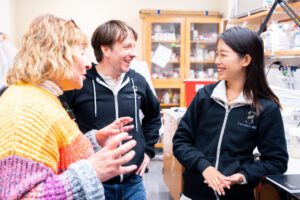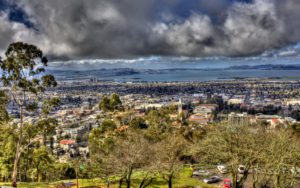
Faculty focus on Judith Klinman
February 11, 2024
Judith Klinman has been a faculty member at UC Berkeley since 1978 where she is currently a Professor of the Graduate School. She has twice been appointed Chancellor’s Professor at UCB and is an elected member of the National Academy of Sciences, the American Academy of the Arts and Sciences, the American Association of the…






